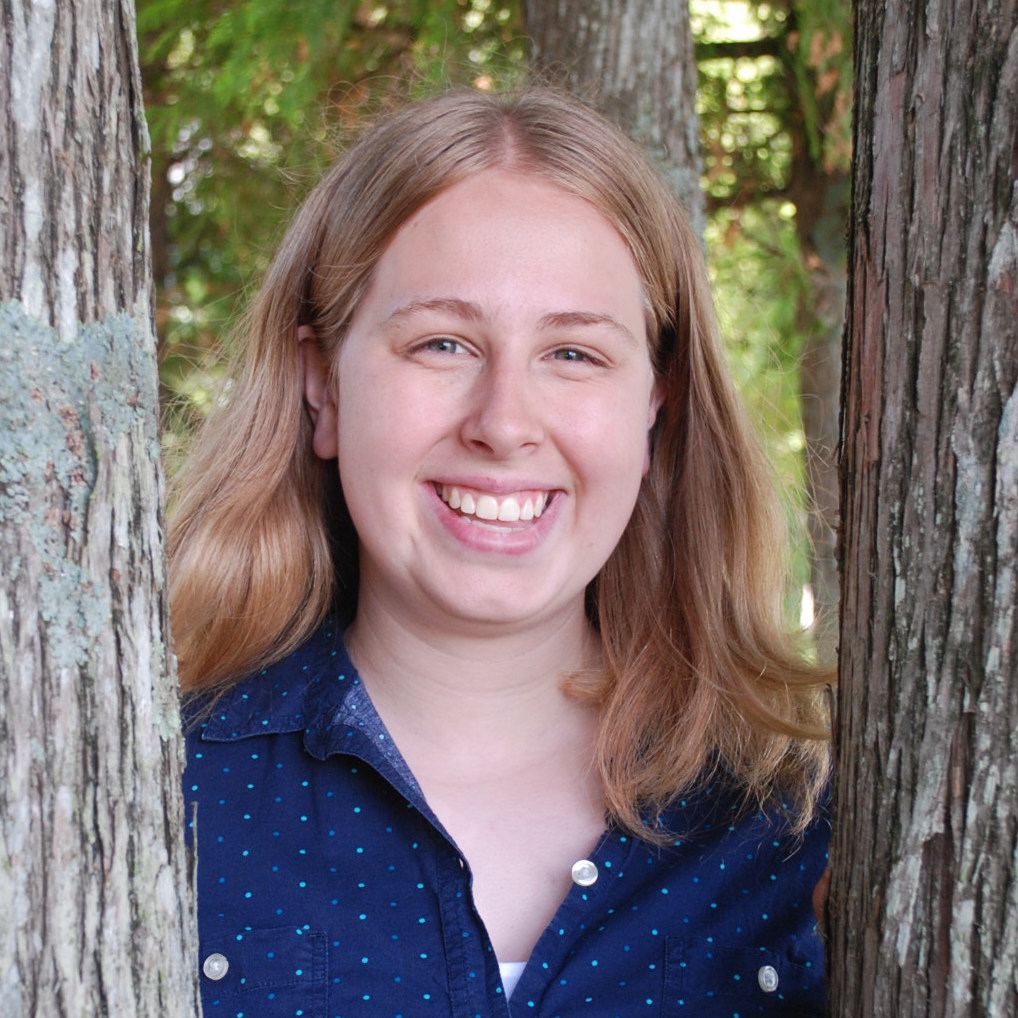Below is a summary of the abstract you submitted. Presenting author(s) is shown in bold.
If any changes need to be made, you can modify the abstract or change the authors.
You can also download a .docx version of this abstract.
If there are any problems, please email Dan at dar78@pitt.edu and he'll take care of them!
This abstract was last modified on May 18, 2017 at 4:52 p.m..

Seventeen Gordonia phages with siphoviridae morphology were isolated from soils in Grand Rapids, Michigan, USA, using Gordonia terrae 3612. This result is a dramatic improvement over last year when we isolated and sequenced only one Gordonia phage in our first year using this host. Even so, two class members did not isolate a Gordonia phage after several attempts and therefore isolated three enterobacteriophages from soil using bacterial isolate Citrobacter sp. D22, of which one phage was sequenced, the myoviridae Thanatos. Thirteen of the Gordonia phages were sequenced, yielding additions to 5 clusters that had relatively few prior members: DC (4 previous members, we added Barb, Evamon, Fireball, Fugax, Portcullis, Valary, VanDeWege), DD (7, Lamberg), DE (10, Dexdert), DI (3, Bock, Parada), and DJ (2, AlainaMarie). A duplicate of Barb (Moseph) was among thoseds sequenced. Our new cluster DC phages are closely related, with lengths ranging from 58364 to 59514 and 95-100 genes. All our DC phages have two integrases and some have recognizable immunity repressors. Fireball shares the same serine integrase but has a unique tyrosine integrase and putative repressor. Lamberg, from cluster DD, has a length of 44730 bp and 70 genes. It codes for a toxin, an antitoxin, an integrase, and an immunity repressor. Dexdert has the shortest DE genome (55006 bp) and is closest to GTE6 and Tiamoceli. The two DI phages, Bock and Parada, have genomes of 50220 and 49909 bp, respectively, and are closely related to each other and all known DI cluster members at the nucleotide level. Both the new DI phages have an immunity repressor, an integrase, and antitoxin and toxin genes. All of our phages had GC content (66.67-67.83%) close to that of the isolation host (67.8%), except DJ cluster phage AlainaMarie (51.29%). The two known other DJ cluster phages (Kerry, Gravy) are similar in gene number and GC% but AlainaMarie is longer (61315 vs 59545-59608) and has several orphams, including near the beginning of the genome. Interestingly, we had difficulty isolating DNA from our Gordonia phages, but not from from our enterobacteriophages. We switched from column-based extraction kits to a traditional K-Acetate precipitation in isopropanol, with high success. We hypothesize that the burst sizes of our Gordonia phages are modest, increasing the challenge of extracting sufficient DNA, though we did not have time to attempt burst size estimates. Finally, we report the development of PhageLog, software that supplies a simple GUI to more easily and consistently format notes on each ORF, for swifter import into DNAMaster. The program checks basic requirements, such as that the ORF length is a multiple of three. Further developments are planned.


